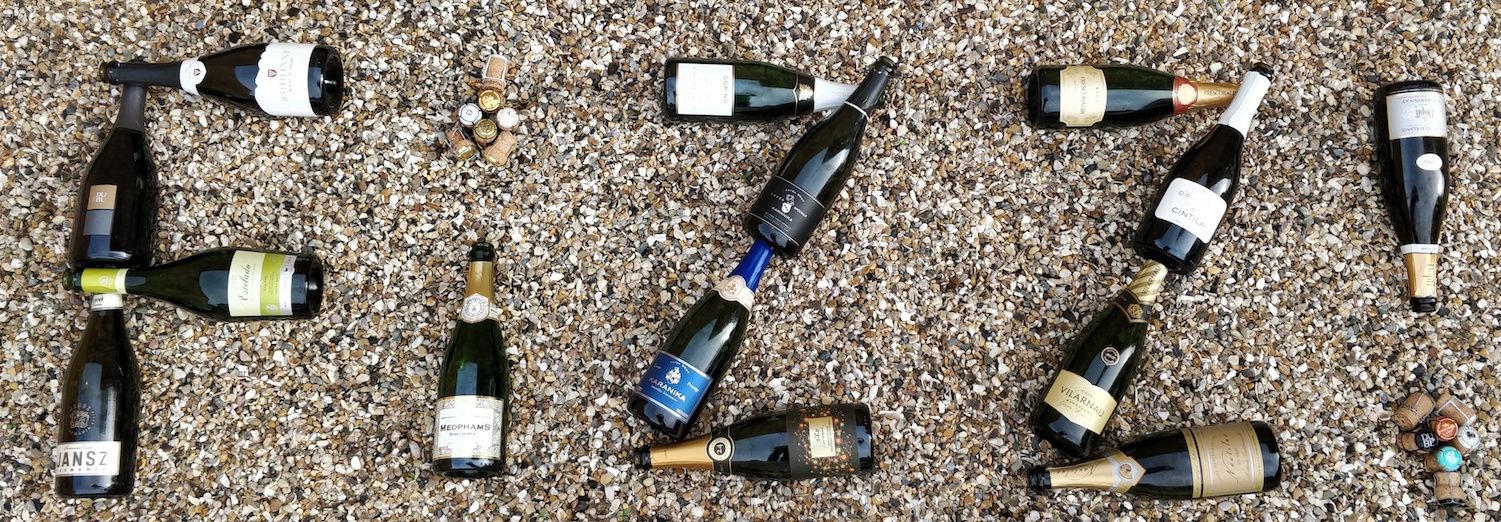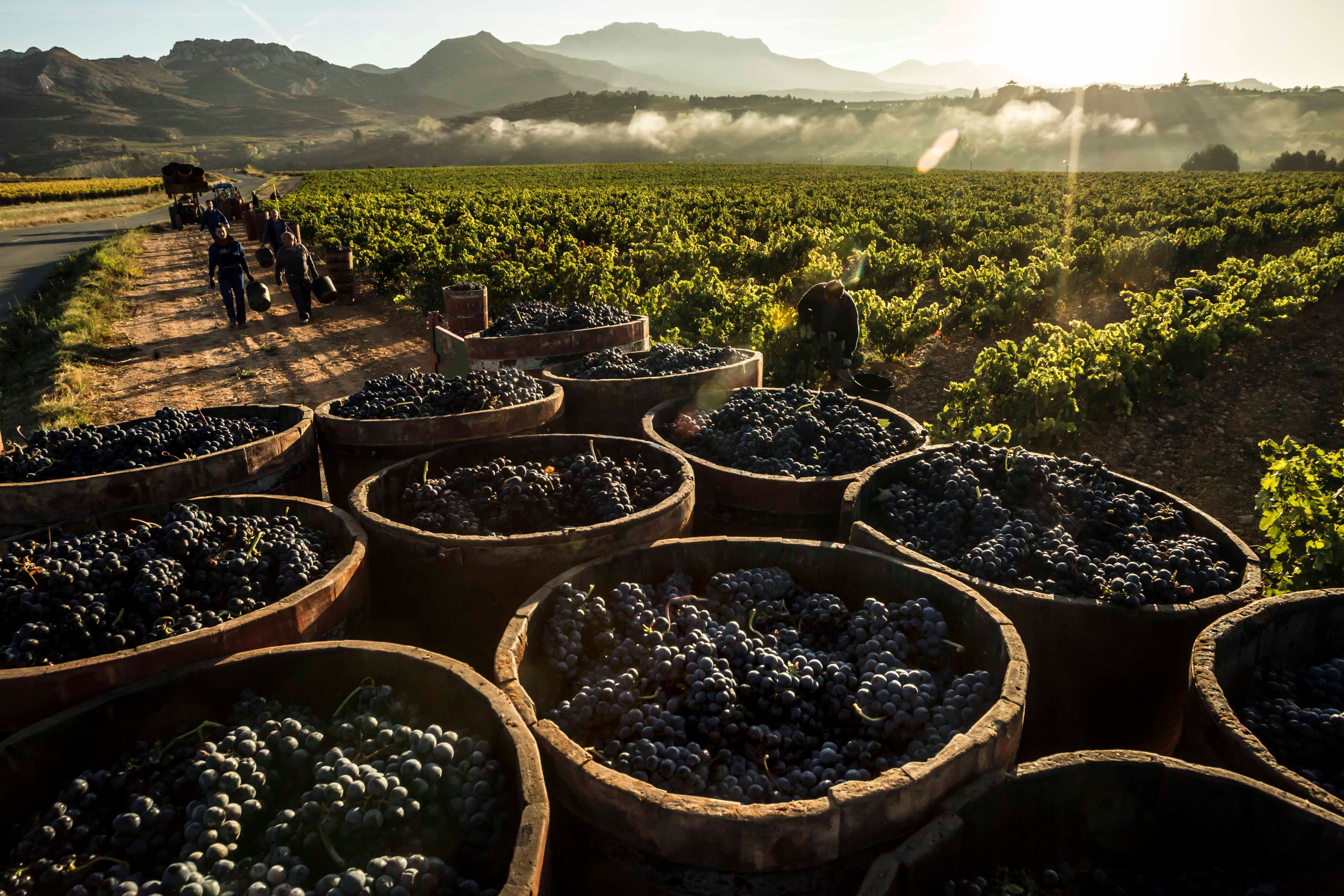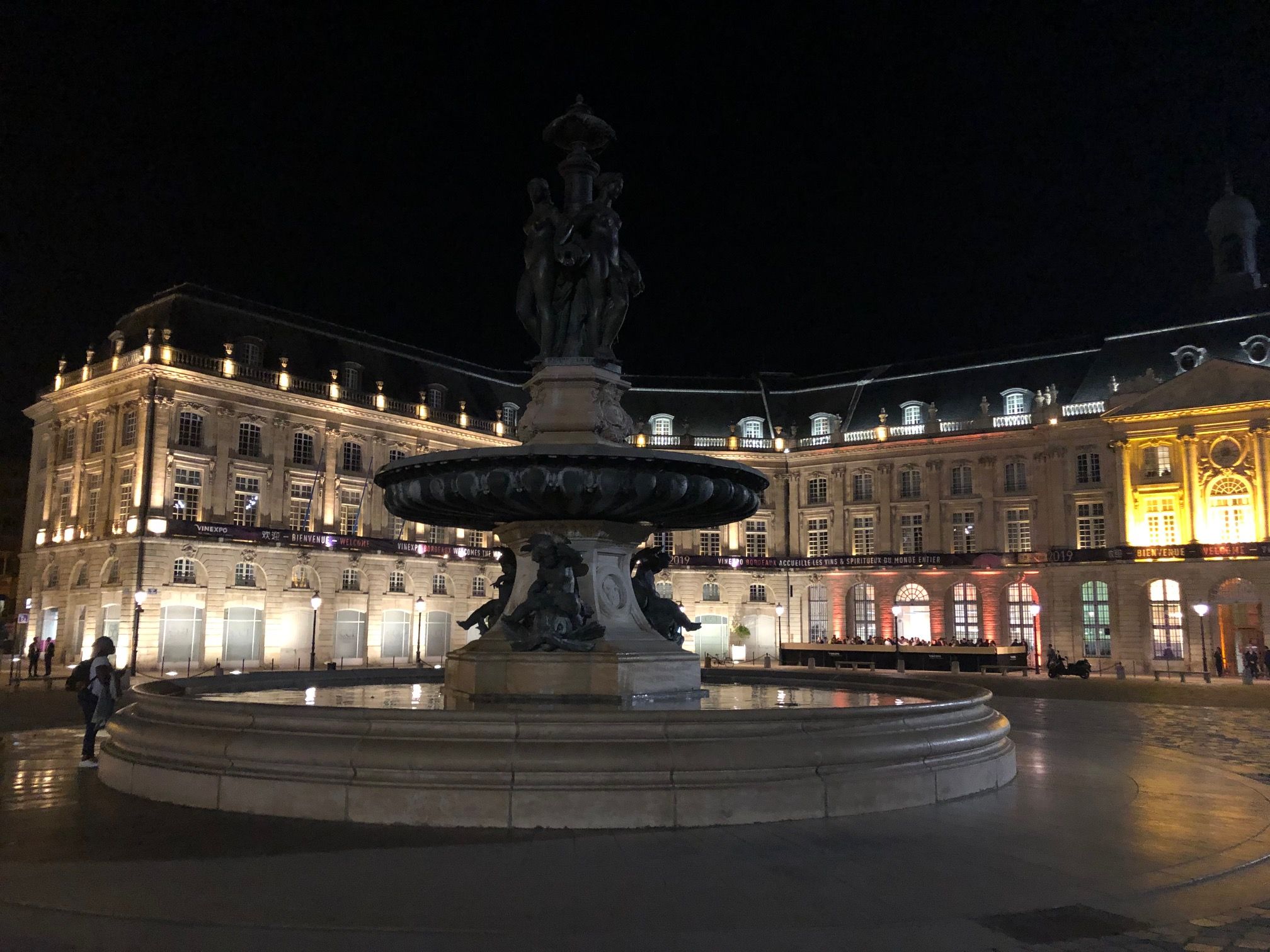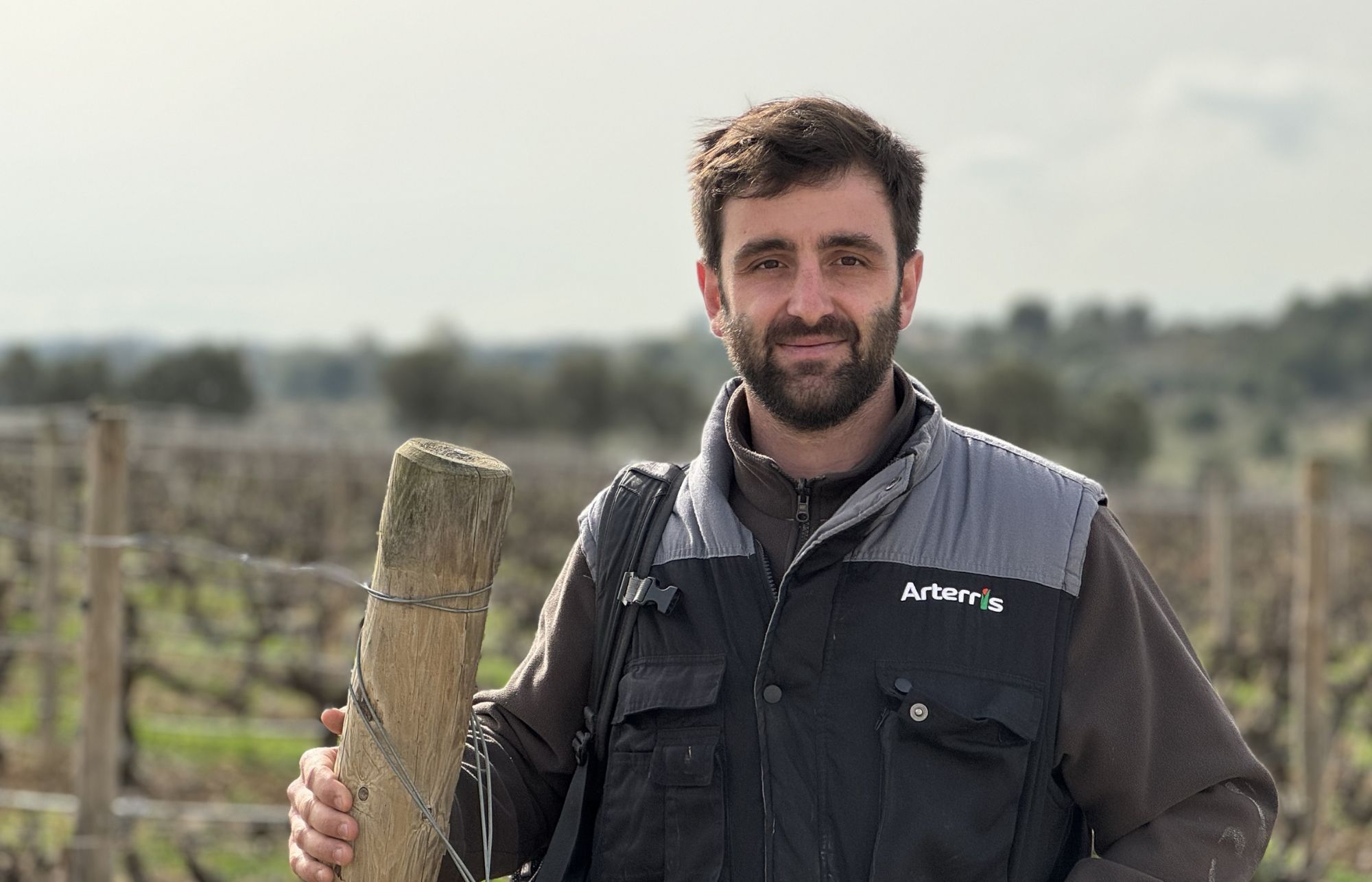“The inflated and exaggerated elitism of the region has risked putting status before substance and it’s high time this imbalance is addressed,” writes Mason.
Nothing embodies reverie, generosity and opulence more than Champagne.
Champagne has been twinkling in the spotlight of the glitterati since the days of George III, as debauched and revered as the court jesters of old. It has become the liquid symbol of pleasure, hedonism and indulgence. Since the epicurean days of La Belle Époque to the sensual sophistication of the Silver Screen, Champagne has witnessed all that high society has to offer.
But has the associated celebration, charm and coquettishness of Champagne become a contemporary crudeness?
For a life-long lover of Champagne, it is difficult to criticise a drink that has brought so much joy. Christenings, weddings, New Years and all of life’s momentous achievements both great and small have been marked with some exceptional bottles: Krug Grande Cuvée 162nd Edition, Bollinger Grande Année 2000 Magnum, Deutz Amour de Deutz 2005, Paul-Etienne Saint Germain Grand Cru 2006, Pol Roger Sir Winston Churchill 2002, Dom Pérignon 1996, to name some of the best I have had the pleasure of consuming. Each moment has been as equally inspirational as it has been special, unique and cherished. For most people, a coupe of Champagne is the ceremony of celebration.
Each occasion has been distinct and rare. Certainly not an ‘everyday beverage’, that’s for sure.
However, contrary to the realms of “unicorn” super premium sparkling, the vast majority of entry-level Champagne has become homogenised and unjustifiably expensive. With each passing day, it seems, Madame Bollinger’s famous quote is somewhat fizzing away into obscurity.
So, with such a head start in the race, why does Champagne currently seem to be in line for a ‘participation award’ in the sparkling wine dash for dominance?
I may well be ‘shooting myself in the glass’ by having the audacity to question the Champenoise but the inflated and exaggerated elitism of the region has risked putting status before substance and it’s high time this imbalance is addressed.
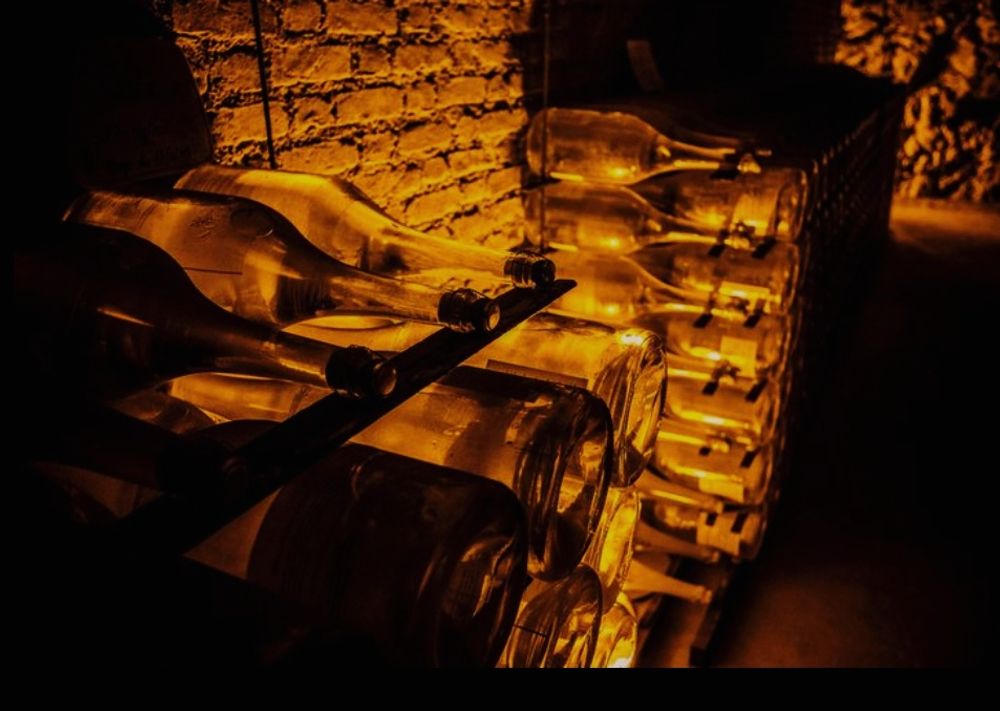
As a region Champagne is one of the few places on earth to have the luxury of drawing from a wealth of reserve wines
When and how did things become so skewed?
In the days of the pre-2008 global market crash, Champagne was opulent, regal and layered. Reflecting perfectly the bountiful spirit of the time. Since then, I have noticed a wave of austere, lemony and citric wines – and that includes some super premium vintage wines too. Harsh, abrasive and astringent compared to the rounded, bumptious and fine wines of 2006 and older.
It would be lazy and naïve to blame everything on climate change. It can’t just be due to variable vintages. As a region, it is one of the few places on earth to have the luxury of drawing from a wealth of reserve wines. The ultimate insurance policy against wet, hail-stricken or hot years. Thus allowing production for the bulk market to continue without any great hindrance. By the same token, rightfully garnering vintage wines to be deservedly prized and special. Perhaps vintages are being released too early?
Or is something else at work here?
The wine press has recently taken umbrage with the growers of the Champagne AOC for setting such low yields even though the 2020 conditions have been so near to perfect. A glut of grapes to waste, how mercurial. But decadence is not the issue here, it’s parity. The gulf in commerce between grower and négociant is deepening year on year. Without parroting too much what has already been said on this subject, 2020 is not the year to go crazy on nesting future wines, at least financially.
However, one solution for the abundance of prime healthy fruit would be to de-classify subsequent excess production for the purpose of still white, red and rosé. The appellations of the Coteaux Champenois and the Rosé de Riceys would surely benefit in this circumstance, if only the Comité Interprofessionnel du Vin de Champagne (CIVC) were to fully promote such wines to the open market, perhaps it would save good fruit going to waste? By shunning still wines, the region is losing perhaps the greatest marketing tool of these difficult times: sustainability. NV still wines made in Champagne, who would not buy them?
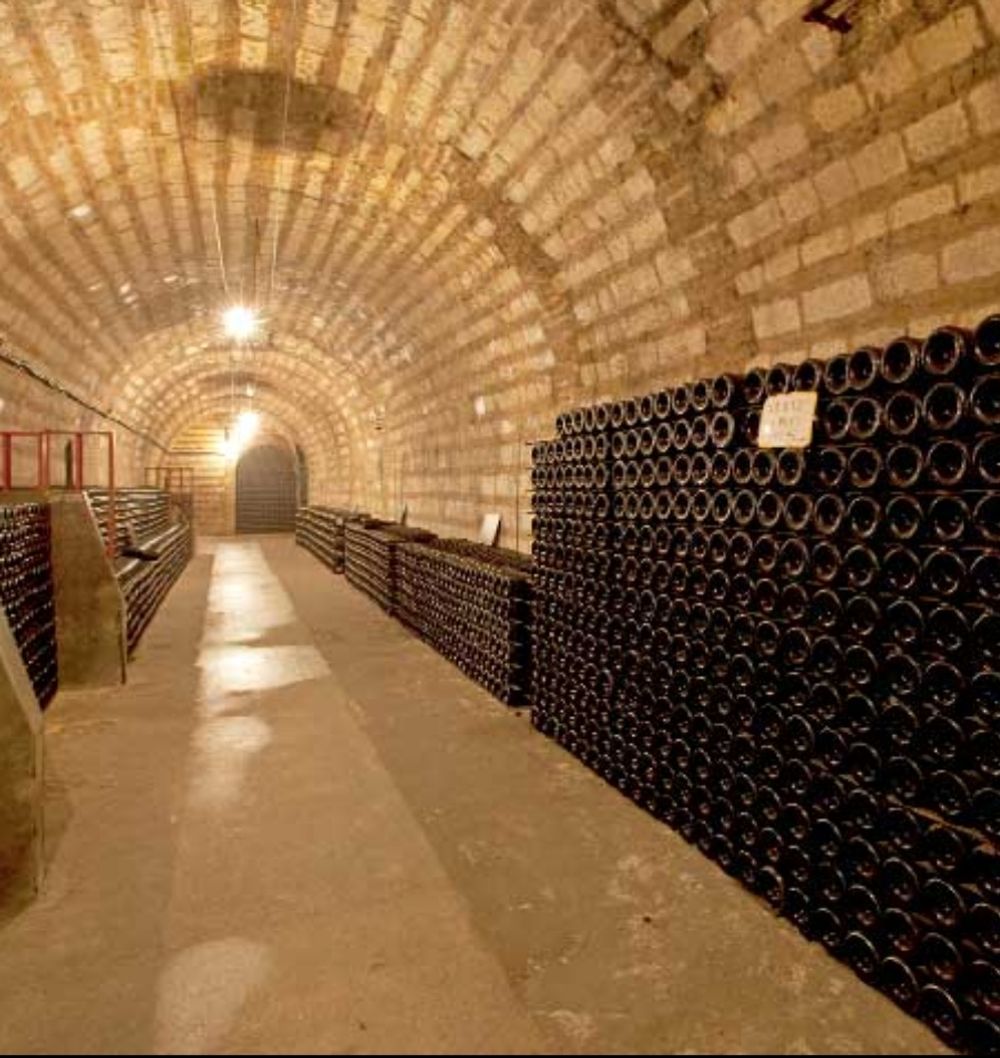
While the Champagne region has been sitting on its laurels, the rest of the world has caught up.
Digging for bentonite
Now, not all Champagnes are fined with bentonite and its use is not limited to set styles either. It is a stylistic choice that has been used to clarify wines since 1934 and, more recently, has had a boom in use with the rise of veganism. A natural, readily available agent for capturing molecules and matter, thus rendering the final wine clear and marketable.
Bentonite is one of the many choices a winemaker has to affect the final style of wine. Recent oenological research has shown the differences in flavour and aroma dependant on the use of bentonite [Brock University, Canada]. If used early on, just after pressing, the wine may appear to taste more of zesty lemons, sharp apples, limes and even, some vegetal characters. If used as part of the Liqueur d’expedition it tends to bring out more of a rich, yeasty character with a more rounded, citrus depth such as grapefruit. When deployed at both stages, spice and tropical fruit seem to dominate. By shunning bentonite entirely, the final wines are often citric and acidic. Great for vintages ageing slowly but not for early consumption NVs.
I suspect one of the reasons why Grower Champagnes have excelled in recent years is their preference for bentonite fining. It adds an altogether uncharacteristic richer tone for younger wines not often seen in the nursery years of the Grande Marques. Hopefully this is not a sign that the trend-setter region of old has now become a follower of fashion. Has the global taste for zingy, zippy and fresh wines inadvertently created a crisis of identity for the Appellation?
And then there’s the thorny subject of the price. For the wines of the Champagne region this has, for a long time now, been steadily rising to the detriment of its customer base. Year-on-year prices are increasing. It is starting to become painfully noticeable.
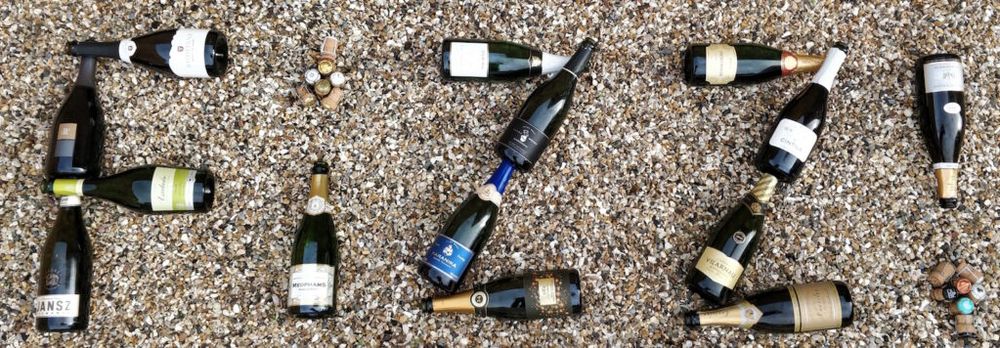
Let’s get fizz-ical
What are the alternatives?
The trade has known for a long time now that the quality of the “outsider” sparkling wines is getting better and better. There are some outstanding offerings out there that match, if not beat, Champagne on quality whilst undercutting it on price every time. The UK is mercifully no exception, offering great promise for the future. So much so that PDOs are finally being granted for what is excellent terroir.
Producing astonishingly well-made wines is the lesser known Meophams Valley Vineyard in North Kent. The 100% Reichensteiner 2009 is among a select group to offer astounding value for money and has the quality to go toe-to-toe with the Grande Marques of Champagne. Vastly layered, nuanced complexity, poise and finesse. Richly developing honey, brioche and butterscotch with a pure vein of acidity to keep it vibrant for many more years to come. Made by Dermot Sugrue, it is a masterclass in how good English sparkling wines can be. (Meophams Valley Vineyard, RRP: £27.50)
Within the same exclusive bracket is another of Mr Sugrue’s collaborations. This time from Wiston Estate in West Sussex is the The Goring Family Release Blanc de Blancs NV. Very classy, focused and fresh attack followed by a broad explosion of brioche, hazelnuts and toasted bread. It finishes as it began, with rapier-like grapefruit acidity. This is a great all-rounder. (Hallgarten & Novum, RRP: £37.49)
To complete the UK set, Rathfinny Blanc de Noirs 2015 has benefitted from another year in bottle after its release in 2019. Rounded, elegant, and characterful with plenty of depth of flavour. The red morello cherry and raspberry flavours marry well with quince, sultana cake and light touches of honey. Intense and sophisticated. (Gonzalez Byass UK, RRP: £38)
The most notable New World example hails from Marlborough, New Zealand. Nautilus Cuvée Marlborough Brut NV is a late-disgorged Pinot Noir & Chardonnay blend with good richness, texture and concentration. Both taut and generous. This wine has a lot to offer. (Fells, RRP: £22.49
Obscure countries and regions should never be dismissed without cause. The most surprising wine I have tried for a long time is the Domaine Karanika Cuvee Prestige Nature Zero Dosage 2016 from Amyntaion in Greece. Made from a blend of Assyrtiko and Xinomavro, it offers aromas of roasted kernels, nuts, oats and a smoky minerality alongside juicy lemon and peach. A great point of difference for food pairings. (Maltby & Greek, RRP: £25)
Veering closer to more traditional areas, the next wine is the Dopff Au Moulin Crémant d’Alsace Brut Nature Sans Soufre Ajoute 2015. 100% Chardonnay, this is deep, pronounced and developed. Supremely complex, opulent, generous and frivolous. A complete wine. (Hallgarten & Novum, RRP: £27.49)
A comparative review would not be complete without Cava. The Vilarnau Gran Reserva 2012 gives outstanding value: finesse, complexity with focused and integrated autolytic nuances. (Gonzalez Byass UK, RRP: £22)
While the Champagne region has been sitting on its laurels, the rest of the world has caught up. Rivals to the sparkling throne are now all too readily armed and advancing into rich market territory.
Robert Mason is a freelance journalist and wine consultant and can be contacted here.
Mason last wrote for The Buyer about the English sparkling wine industry which can be read here.
